Imagine walking onto a construction site where drones buzz in the air, workers wear helmets that provide real-time data, and machinery is operated remotely through tablets. This isn’t a sci-fi movie—it’s the reality of modern construction, where smart technology is taking the lead.
Gone are the days when construction sites relied solely on manual labor and traditional tools. Today, smart technology revolutionizes the industry, offering solutions that address common pain points such as delays, safety concerns, and cost overruns.
This comprehensive guide explores how smart technology is reshaping the construction landscape. Whether you’re a contractor looking to streamline operations, an investor eyeing profitable projects, or simply curious about innovative trends, you’ll discover how these advancements are driving efficiency, safety, and sustainability in construction.
Why Is Smart Technology the Backbone of Modern Construction?
The construction industry has historically been slow to adopt new technologies, often relying on methods that have remained unchanged for decades. However, rising project complexities, increasing safety demands, and a push for sustainability have made the adoption of smart technology essential.
What makes smart technology indispensable today? The answer lies in its ability to tackle three critical challenges: enhancing productivity, ensuring worker safety, and reducing operational costs.
Real-World Impact of Smart Technology
Consider this: a report by McKinsey & Company states that construction productivity has grown at only 1% annually for the past 20 years, far below the 3.6% growth seen in manufacturing. However, companies that integrate smart technologies have reported a 20–30% increase in productivity. This gap underscores the transformative potential of digital innovation.
For example, a global construction firm in Dubai implemented IoT sensors and AI-driven project management software on a high-rise development. The result? They reduced project time by 25% and saved $3 million in operational costs.
Enhancing Efficiency with Smart Construction Equipment
Have you ever considered how much time is wasted on manual, repetitive tasks at a construction site? Smart construction equipment is eliminating these inefficiencies, helping projects move faster without compromising quality.
Examples of Smart Equipment in Action
- Automated Bulldozers and Excavators: Equipped with GPS and sensors, these machines can grade land with unmatched precision. Companies have reported saving up to 30% in fuel costs and reducing material waste.
- IoT-Enabled Cranes: Advanced cranes now come with sensors that monitor load weight, wind conditions, and structural balance. These insights help prevent accidents, ensuring both efficiency and safety.
Case Study: In 2022, a U.S.-based contractor deployed autonomous bulldozers for a large infrastructure project. The project timeline decreased by 20%, and the accuracy of land leveling improved by 35%, thanks to the integration of smart technology.
Real-Time Data for Better Decision-Making
Can you imagine managing a construction site without accurate, up-to-date information? For decades, miscommunication and lack of real-time insights have been the Achilles’ heel of construction management. Smart technology solves this issue by offering tools that enable informed decision-making at every stage of a project.
The Role of Building Information Modeling (BIM)
Building Information Modeling (BIM) is a cornerstone of smart construction. BIM software allows stakeholders to visualize, plan, and manage projects with a level of detail previously unattainable.
For instance:
- Material Inventory Tracking: Know exactly how much material is available on-site to avoid overstocking or shortages.
- Collaborative Platforms: Cloud-based BIM tools enable seamless communication between architects, engineers, and contractors, reducing miscommunication.
Testimonial: “Using BIM on our projects has been a game-changer. We’ve cut down on rework by 40% and improved team collaboration significantly,” says John Peterson, a project manager at a leading construction firm.
Transforming Worker Safety with Wearable Technology
Worker safety is paramount in construction, and smart wearable devices are taking safety standards to unprecedented levels.
Innovations in Wearable Tech
- Smart Helmets and Vests: These gadgets are equipped with sensors that monitor heart rate, body temperature, and fatigue levels. Some can even detect hazardous gas levels or alert workers of nearby heavy machinery.
- Proximity Detection Systems: These devices warn workers when they’re too close to dangerous equipment or unstable areas.
Example: A construction site in Singapore introduced wearable sensors for all workers. Within six months, the site reported a 70% reduction in workplace accidents.
FAQ: How affordable are these wearables for small contractors?
Smart wearables are becoming increasingly cost-effective. Many companies now offer subscription models, making it accessible even for smaller firms.
Drone Technology: The Eyes in the Sky
Have you considered how drones can simplify construction site inspections? Drones are revolutionizing construction by providing real-time aerial data that is both accurate and efficient.
Benefits of Drone Usage
- Site Surveys: Drones can map and survey large areas in minutes, a task that traditionally took days.
- Thermal Imaging: Drones equipped with thermal cameras can identify heat loss in buildings, ensuring better energy efficiency.
- Progress Monitoring: High-resolution cameras capture construction progress, helping managers track milestones.
Comparison: Traditional site surveys require multiple workers and equipment, often taking up to a week. Drones complete the same task in hours, with greater precision.
The Power of Artificial Intelligence and Machine Learning
How do you foresee potential problems before they escalate? Artificial Intelligence (AI) and Machine Learning (ML) are becoming indispensable tools in modern construction.
Predictive Capabilities of AI and ML
- Risk Assessment: AI analyzes historical data to predict potential project risks, such as delays or budget overruns.
- Equipment Maintenance: ML algorithms monitor machinery health and predict failures, enabling timely maintenance.
Testimonial: “Since implementing AI-driven project management tools, we’ve seen a 15% reduction in unexpected costs,” says Sarah Mitchell, CEO of a leading infrastructure company.
IoT and the Smart Site: A New Era of Connectivity
What if every piece of equipment, every sensor, and every worker on your site could communicate seamlessly? With IoT, this interconnected future is now a reality.
How IoT Enhances Construction
- Real-Time Alerts: Sensors provide instant notifications about equipment malfunctions or environmental hazards.
- Data Integration: IoT systems aggregate data from multiple sources, offering a holistic view of site operations.
Example: A European firm outfitted their entire fleet of vehicles with IoT devices, leading to a 20% improvement in fuel efficiency and a 15% drop in maintenance costs.
Smart Tech’s Role in Sustainability
Can smart technology contribute to saving the planet? The answer is a resounding yes. Sustainable construction is no longer optional—it’s a necessity, and smart technology is leading the charge.
Smart Innovations Driving Sustainability
- Energy Efficiency: Smart grids and IoT sensors optimize energy use, reducing overall consumption.
- Waste Management: AI tools analyze material usage, minimizing waste during construction.
Comparison: Traditional construction practices often generate up to 30% waste. With smart technology, this figure can be reduced to less than 10%.
Testimonial: “Our transition to smart, green technology has cut our carbon footprint by 25%,” shares Elena Gomez, an architect specializing in sustainable designs.
The Future of Construction Is Smart
What does the future hold for construction? The integration of smart technology is just the beginning. As advancements in robotics, blockchain, and 3D printing emerge, the industry is poised for even greater transformation.
Key Insight: By 2030, the global smart construction market is expected to exceed $300 billion, reflecting the growing demand for innovative solutions.
Why You Should Care About Smart Technology in Construction
Smart technology is no longer a luxury—it’s a necessity. From improving safety to boosting efficiency and promoting sustainability, these advancements are reshaping construction in remarkable ways.
Whether you’re a contractor, developer, or curious observer, staying informed about smart technology trends is crucial. By embracing these innovations, you’re not just adapting to industry changes—you’re becoming a pioneer in shaping the future of construction.
Ready to implement smart technology in your projects? Explore our resource library to discover the tools and strategies that can take your construction initiatives to the next level.




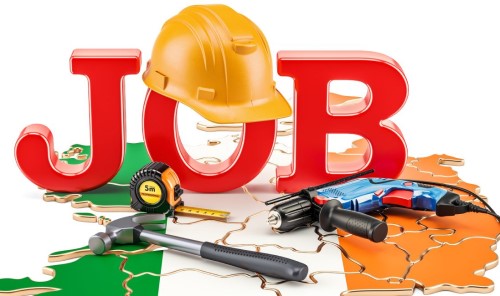
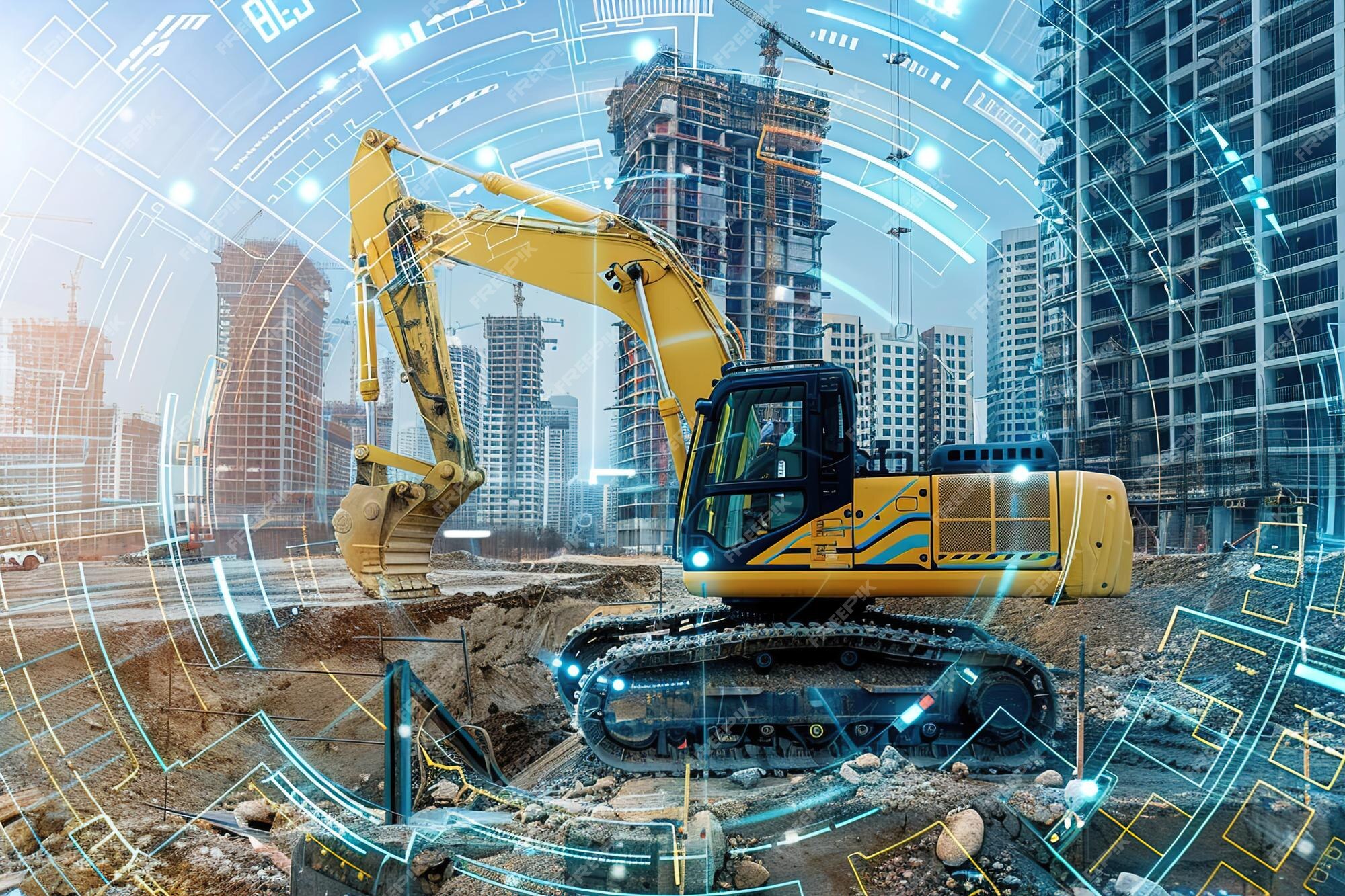
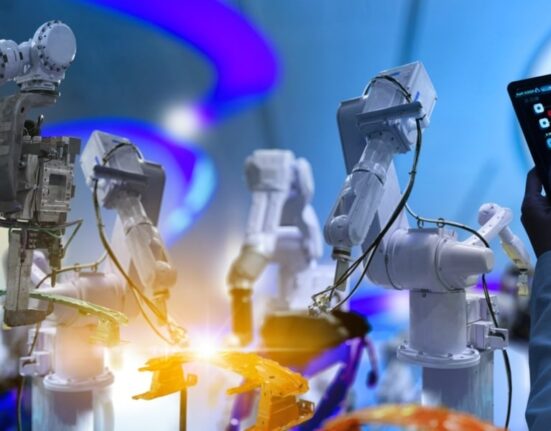

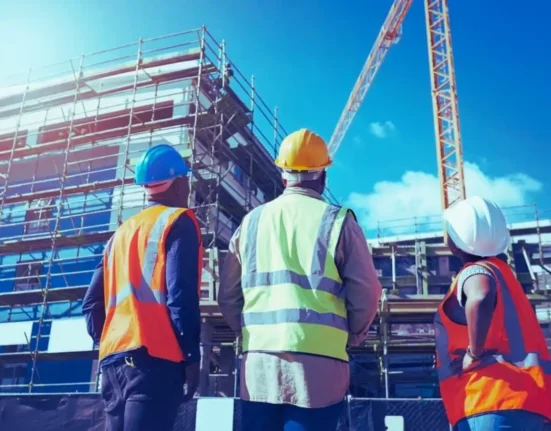

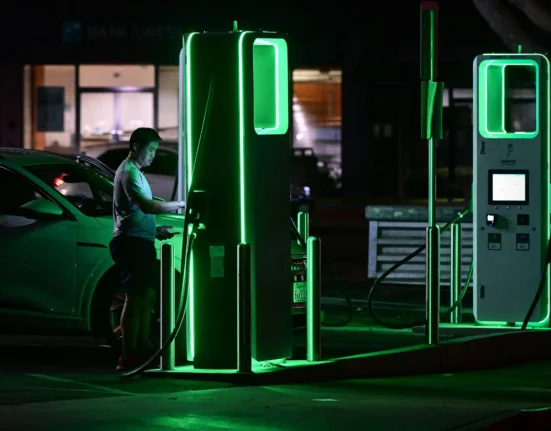
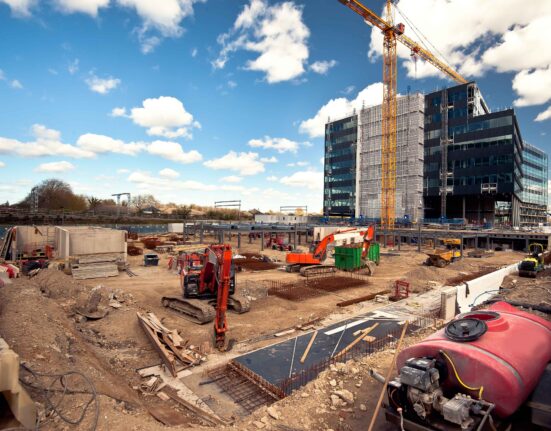
Leave feedback about this